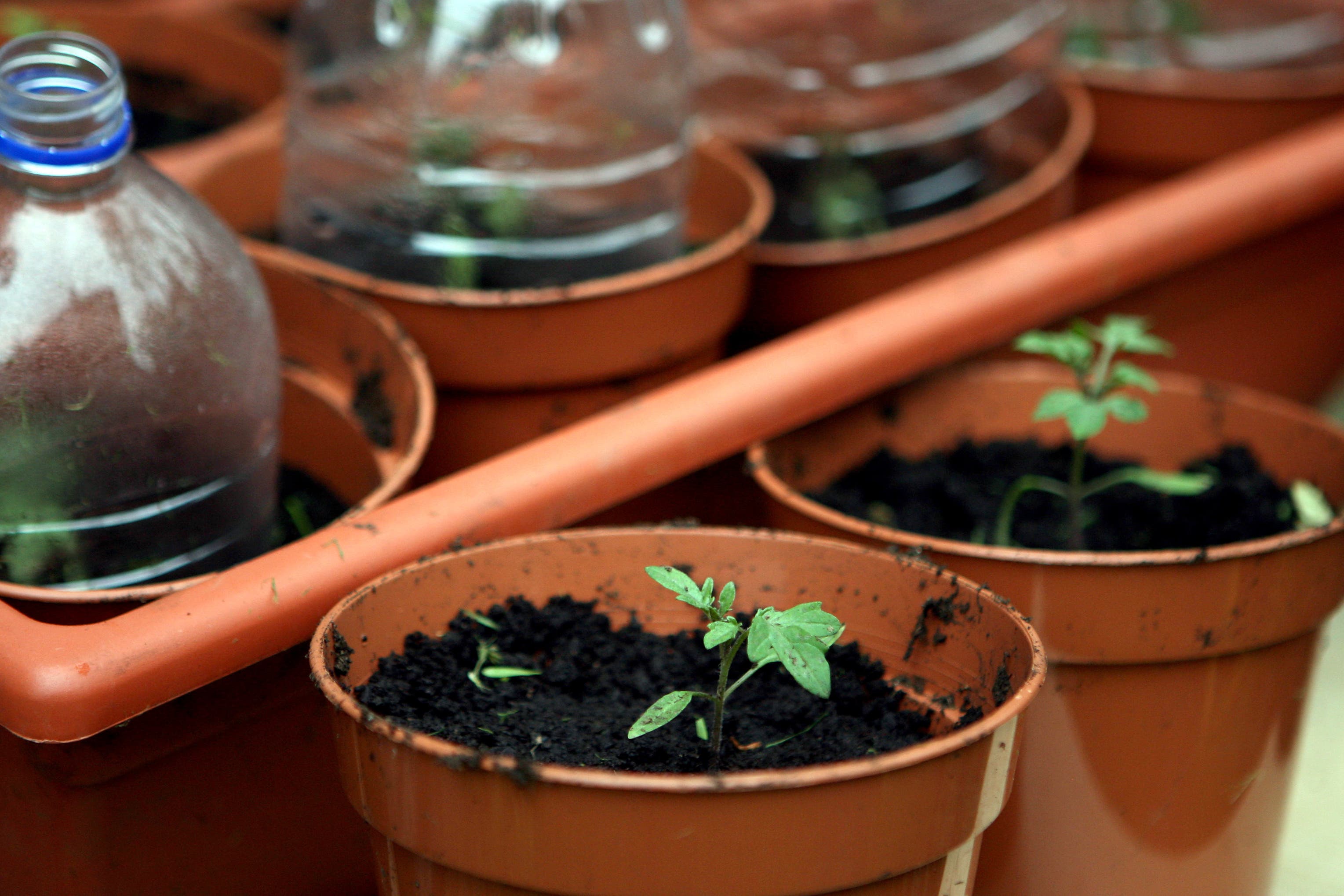Plants make popping noises when stressed – scientists
Human ears cannot hear them, but other plants or animals might.

Your support helps us to tell the story
From reproductive rights to climate change to Big Tech, The Independent is on the ground when the story is developing. Whether it's investigating the financials of Elon Musk's pro-Trump PAC or producing our latest documentary, 'The A Word', which shines a light on the American women fighting for reproductive rights, we know how important it is to parse out the facts from the messaging.
At such a critical moment in US history, we need reporters on the ground. Your donation allows us to keep sending journalists to speak to both sides of the story.
The Independent is trusted by Americans across the entire political spectrum. And unlike many other quality news outlets, we choose not to lock Americans out of our reporting and analysis with paywalls. We believe quality journalism should be available to everyone, paid for by those who can afford it.
Your support makes all the difference.Plants emit sounds – like bubble wrap being popped – when stressed, scientists have found.
Human ears cannot detect these noises because they are emitted at high frequencies but researchers believe insects, other mammals, and other plants might be able to hear these pops.
Prof Lilach Hadany, an evolutionary biologist and theoretician at Tel Aviv University in Israel, said: “Apparently, an idyllic field of flowers can be a rather noisy place.
“It’s just that we can’t hear the sounds.”
While high-frequency – ultrasonic – vibrations have been recorded in plants before, the scientists said this is the first evidence that these sounds travel through air, with findings published in the journal Cell.
Prof Hadany, a senior author on the study, said: “In this study, we resolved a very old scientific controversy: we proved that plants do emit sounds.
“Our findings suggest that the world around us is full of plant sounds and that these sounds contain information – for example about water scarcity or injury.
“We assume that in nature the sounds emitted by plants are detected by creatures nearby, such as bats, rodents, various insects, and possibly also other plants – that can hear the high frequencies and derive relevant information.
“We believe that humans can also utilise this information, given the right tools – such as sensors that tell growers when plants need watering.”
The researchers recorded healthy and stressed tomato and tobacco plants using microphones that have the capability to capture ultrasonic sounds between 20-250 kilohertz (humans can detect frequencies of up to 16 kilohertz).
Initial recordings took place in a soundproofed acoustic chamber, which was then followed by a noisier greenhouse environment.
To create stress, the researchers did not water some of the plants for several days and cut off the stems of others.
After recording, the scientists used machine-learning algorithms – a type of artificial intelligence – to differentiate between thirsty, cut and unstressed plants.
The algorithms could also distinguish between the sounds from tomato and tobacco plants.
The frequency range was lowered so the researchers could hear the popping sounds made by the plants.
The team found that stressed plants made more noise compared to unstressed plants, with some emitting around 30-50 of these pops per hour.
Plants deprived of water began emitting noises long before looking visibly dehydrated, with the frequency of sounds peaking after five days with no water.
The scientists said the exact mechanism behind these noises remains unclear but believe it might be due to air bubbles forming and bursting in the plant’s vascular system.
It is also unclear whether plants are producing these sounds to communicate with other organisms, the team said.
Prof Hadany added: “It’s possible that other organisms could have evolved to hear and respond to these sounds.
“For example, a moth that intends to lay eggs on a plant or an animal that intends to eat a plant could use the sounds to help guide their decision.”